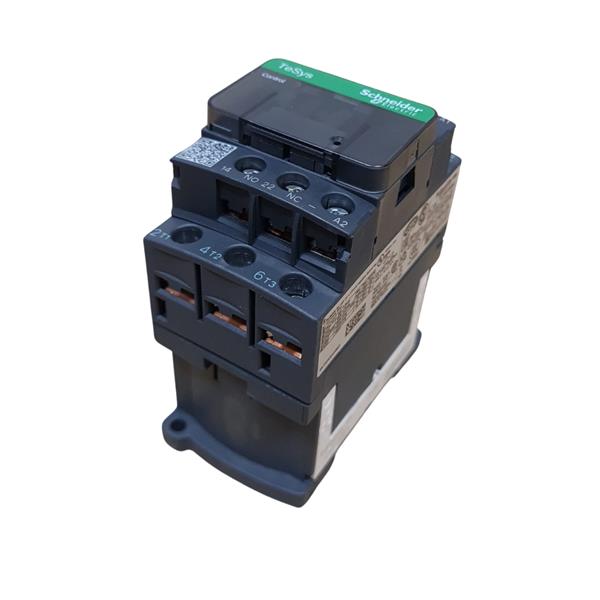
On/off fan speed control works by turning the fan on and off
at regular intervals to maintain a set temperature or to control the amount of
cooling provided. The fan speed is controlled by a temperature control device
that senses the temperature of the process being cooled.
When the temperature rises above the set point, the
thermostat signals the fan to turn on, and the fan runs at full speed until the
temperature drops below the set point. At that point, the thermostat signals
the fan to turn off, and the fan stops running completely.
This process repeats itself as needed to maintain the
desired temperature, with the fan turning on and off at regular intervals as
determined by the temperature control device. The frequency and duration of the
fan cycles will vary depending on the cooling load and other factors, but the
basic principle remains the same; the fan is turned on when cooling is needed,
and turned off when it is not.
The fan operates at full speed when it is turned on and
shuts off completely when it is turned off. This can result in large
fluctuations in temperature and can be less efficient than other fan control
methods.
On/off fan speed control is often used in applications where
the process being cooled has a low thermal mass or where temperature control is
not critical. It can also be useful in situations where the cooling load varies
significantly over time, as the fan can be turned on and off as needed to
provide the necessary cooling.
The benefits of on/off fan speed control include:
Simplicity:
- On/off
fan speed control is a simple and easy to implement control system, requiring
minimal hardware and programming.
Low cost:
- Compared
to other fan speed control methods, on/off fan speed control is relatively
inexpensive, making it an attractive option for many applications.
Energy savings:
- By
turning the fan off when it is not needed, on/off fan speed control can help
reduce energy consumption and lower operating costs.
Durability:
- On/off
fan speed control can help to extend the lifespan of the fan motor and other
components by reducing the wear and tear associated with constant operation.
Flexibility:
- On/off
fan speed control can be used in a variety of applications, including those
with varying cooling loads, making it a versatile option for many industries.
Adaptability to varying ambient conditions:
- Fan
speed control is especially beneficial in locations like Toronto with extreme
temperature fluctuations, ranging from -30C in winter to +40C in summer. It
prevents overcooling, thereby preventing potential damage or efficiency losses
due to overcooling.
While on/off fan speed control can be a simple,
cost-effective method for controlling fan speed in process cooling equipment,
there are some drawbacks to this approach. These include:
Temperature fluctuations:
- On/off
fan speed control can result in temperature fluctuations in the process being
cooled, as the fan turns on and off to maintain the set temperature. This can
be problematic in applications where precise temperature control is required.
Limited control:
- On/off
fan speed control provides limited control over the fan speed, as it can only
operate at full speed or be turned of completely. This may not be suitable or
applications where fine-tuned control over fan speed is necessary.
Noise:
- Turning
a fan on and off can cause noise and vibration in the equipment, which can be a
nuisance or even a safety hazard in certain settings.
Wear and Tear:
- The
frequent cycling of the fan on and off can result in increased wear and tear on
the fan motor and other components, reducing their lifespan and potentially
leading to increased maintenance costs.
Energy inefficiency:
- In
some cases, on/off fan speed control may actually be less energy-efficient than
other fan control methods, as turning the fan on and off repeatedly can use
more energy than running the fan continuously at a lower speed.
Overall, while on/off fan speed control can be a simple and
cost-effective solution for some applications, it may not be suitable for all
situations. Other types of fan speed control systems, such as proportional
control, may offer greater control, energy efficiency, and temperature
stability, but may be more complex and expensive to implement.